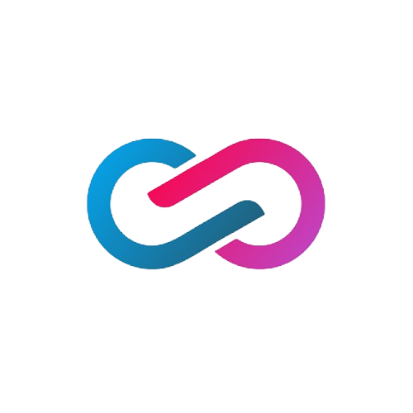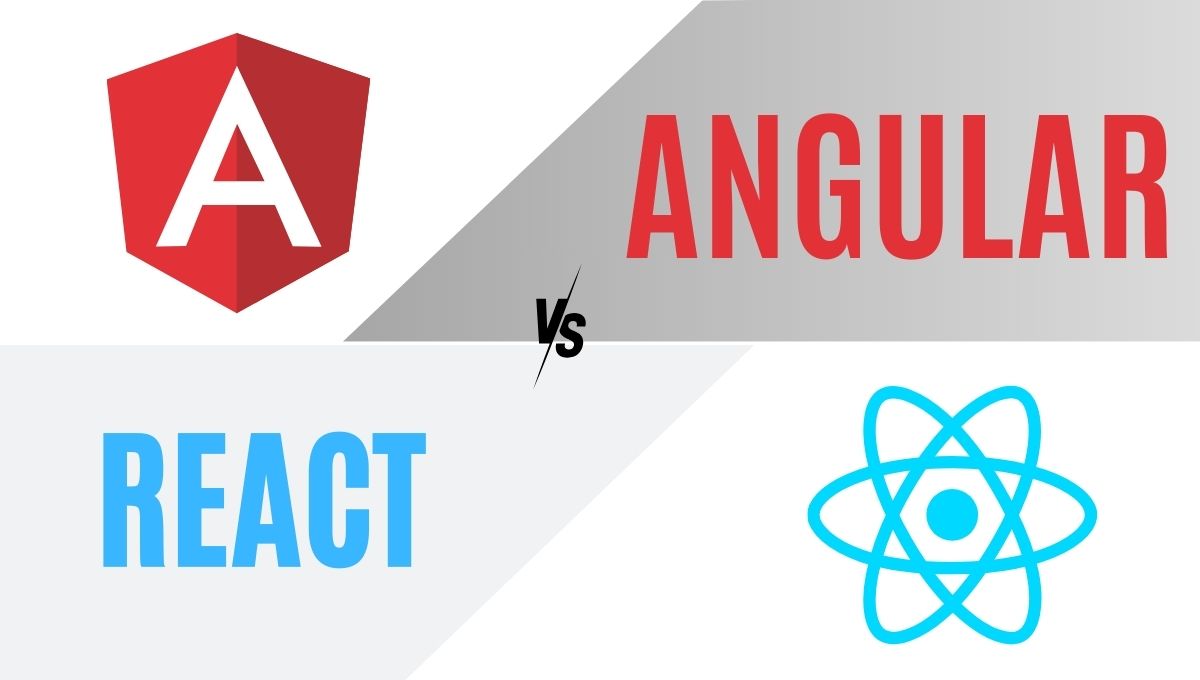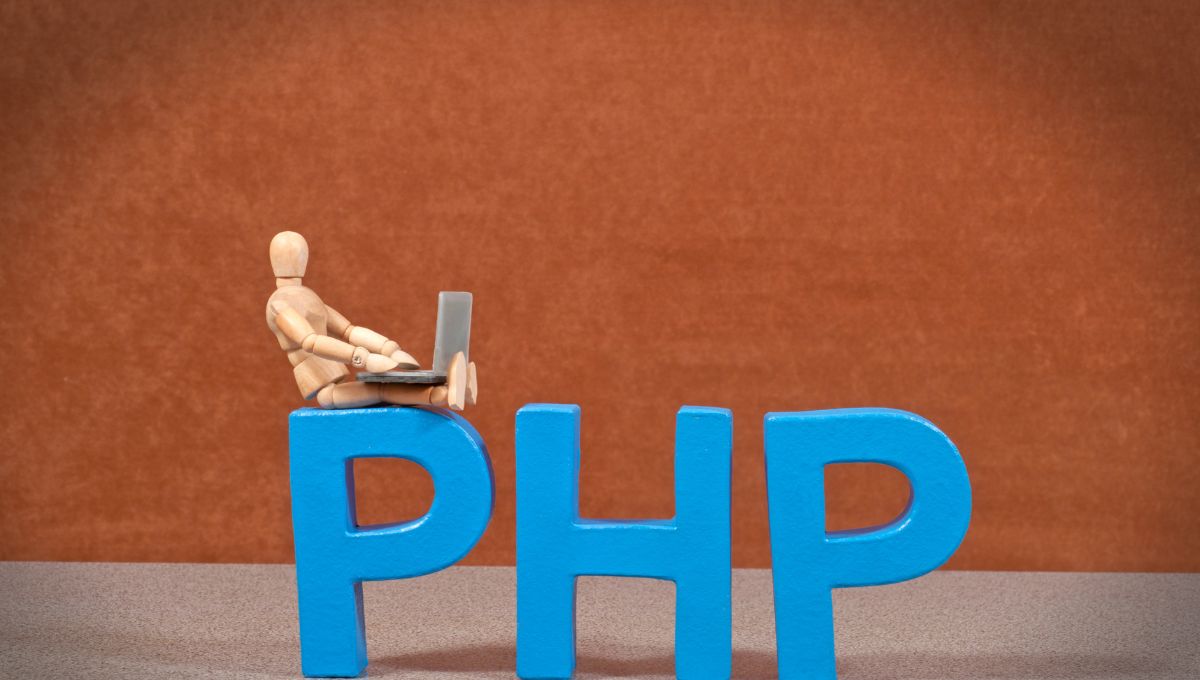Google Algorithm update and change
Google’s algorithm is a complex system that is used to retrieve and rank results for search queries. The algorithm uses a variety of factors to determine the relevance and quality of a webpage, and then ranks the results in order of importance.
Some of the factors that the algorithm takes into account include:
- Keywords: The algorithm looks for keywords on a webpage to understand what the page is about. It also looks at how often the keywords appear on the page and in what context they are used.
- Links: The algorithm uses links to understand the relationship between different webpages. For example, if a webpage has a lot of high-quality links pointing to it, the algorithm may consider it to be more authoritative and relevant.
- User experience: The algorithm takes into account factors that affect the user experience, such as the loading speed of a webpage, the layout and design of the page, and the presence of ads.
- Content quality: The algorithm looks at the quality and relevance of the content on a webpage. It prefers pages with well-written, informative content that is relevant to the search query.
Google’s algorithm is constantly evolving and being updated, so it is important for websites to stay up-to-date with best practices in order to rank well in search results. This can include optimizing for keywords, improving user experience, and creating high-quality content.
Google always changes its security system and algorithm for better result and As time passes people are being smart to utilizing the smart technology therefore Google increasingly being smart by doing its software update. Its early major updates in the decade focused on battling spammy results and sites trying to cheat the system.
But as time passed, updates contributed more and more to search results catered to giving desktop, mobile and local searchers exactly what they’re looking for. While the algorithm was advanced, to begin with, the additions over the years, including machine learning and NLP, make it absolutely state of the art.
Here is a list of some of the most well-known algorithms used by Google to rank websites in the search results:
- Panda: This algorithm focuses on the quality of a website’s content, and was designed to penalize websites with thin or low-quality content.
- Penguin: This algorithm focuses on the quality of a website’s links, and was designed to penalize websites that engage in link schemes or use spammy tactics to manipulate their rankings.
- Hummingbird: This algorithm was designed to help Google understand the meaning behind search queries, and to provide more relevant and accurate search results.
- RankBrain: This algorithm uses machine learning to improve the search results and help Google understand the relationships between words and concepts.
- BERT: This algorithm was designed to help Google understand the context and intent behind search queries, and to provide more relevant and accurate search results.
- Mobile-first indexing: This algorithm prioritizes the mobile version of a website when indexing and ranking pages in the search results.
- PageRank: This algorithm is used to rank websites based on the quality and quantity of links pointing to them.
Here are some Google Algorithm update and change
Nofollow – (2005)
To contend spam and control outbound link quality, a search engine like Google, Yahoo, and Microsoft collectively introduce the “no follow” attribute. Nofollow helps clean up unverified links, including spammy blog comments. This update had a significant impact on the link graph.
XML Sitemap (2005)
This XML sitemap update allowing webmasters and site owners to feed it pages they’d like to have included in Google’s web index. Easy & free to register.
When it started, Google’s hoping the new system will help it better gather pages than traditional crawling alone allows. Feeds also let site owners indicate how
often pages change or should be revisited. At the present time, it works very well.
Google Suggest (2008)
In 2008 google launch google suggests lab which shows suggestion regarding your keyword. Before 2008 other search engine also offering drop-down suggestions in 2004 but it was not up to the mark. After 4 years long afford, Google launches google suggest to their different platforms.
Re-canonical Tag(2009)
In the year2009 search engine announced support for the canonical tag that allowing webmasters to send canonicalization signals to the search bots, without affecting human visitors. It also supports to identify and clean up duplicate URLs on the web site.
Panda (2011)
In the ‘modern SEO’ era, it was the first major update. Google’s Panda update tried to deal with websites that were purely created to rank in the search engines. It mostly focused on on-page factors. In simple word, it checks that what the information is provided by the website is genuine or not.
Mainly 2 types of the website more affected by the Panda update:
Affiliate sites (which passes links to other sites).
Sites with very thin content.
Venice (February 2012)
After this update searches appeared to more aggressively localize, organic results and more integrate local search data. By this update, it showed that Google understood that searchers are sometimes looking for results that are local to them. After Venice, Google’s search results included pages based on the location you set or your IP address.
Penguin (April 2012)
Penguin is one of the most painful for websites owner because it affected websites very powerfully. It aims to remove sites from the search results that have been trying to play with Google by buying or otherwise “unnaturally acquiring” links to their website.
Website owners, buy or exchange or artificially create links, for boosting their website ranking. But penguin update aims to identify that links and give notification for that, if you did not remove that link then your web page will disappear from search results.
DMCA Penalty (‘Pirate’) — (August 2012)
In this Google Algorithm update, Google announced that it would start penalizing sites that repeat copyright violations. This Pirate update, solution for the illegal spreading of copyright content using DMCA(Digital Millennium Copyright Act).
Anyone can file a request after content copyright notification or removed from google. It’s not proof of copyright infringement. It is just an allegation and one that can be challenged.
Hummingbird — (August 2013)
Hummingbird is released to make the search result better.
It pays more attention to each word in a query rather than just particular words and uses natural language. It shouldn’t be over-optimized for the same few words, but use synonyms instead.
The Hummingbird should also do better focus on the meaning behind the words.
Pigeon — (July 2014)
This Pigeon Google update focused on local SEO. This update affected both SERP and Map results. It improves the local result option and at the present time, this feature is working to rank a website. It led to more accurate localization, giving preference to results near the user’s location.
HTTPS/SSL Update — (August 2014)
Google always care about security, therefore, Google announced that they would be given preference to the secure sites and give a small ranking boost to sites that correctly implemented HTTPS for a secure connection between the website and user security. It also helps to load faster in comparison with a not secure website.
Mobile Update ‘Mobilegeddon’ (April 2015)
By 2015 more than 50% of Google searches come from mobile device but every website was not mobile-friendly, that means their webpage does not support mobile page version. This mobile update gives preference to that webpage, which is mobile friendly and also help to improve ranking.
RankBrain (October 2015)
RankBrain is the 3rd best algorithm update from google. It is a machine-learning, artificial intelligence system that used to help process its search results. RankBrain mainly works on search query like, if you search for something and you don’t know the exact word but word sound similar then it will so the best possible result. Its algorithm analyzed past searches, determining the best result to improve.
Possum — (September 2016)
This Google algorithm update ensured that local results vary more depending on the searcher’s location: the closer you are to a business’s address, the more likely you are to see it among local results. Possum update applied several changes to Google’s local ranking filter to further improve local search. It depends on more to the physical location of the searcher and the phrasing of the query.
Chrome Security Warnings — (October 2017)
Chrome browser starts showing not secure connection when your website does not use HTTPS security.
Fred (March 2017)
This update for those who violate googles webmaster guidelines. By this update, most of the affected sites are Blog or websites that created for generating ads revenue.
BERT (2019)
BERT is for better understand the natural language searches and understand the context. In starting time it released only for English language but after two months it rolls out internally in 75 languages. BERT full form is Bidirectional Encoder Representations from Transformers.
What is E-A-T Google Update?
E-A-T (Expertise, Authority, Trustworthiness) is a term used in the context of search engine optimization (SEO) to describe factors that Google considers when ranking websites in its search engine results. E-A-T is intended to help Google identify and reward websites that offer high-quality content and a positive user experience.
Google has stated that E-A-T is an important factor in its ranking algorithms, particularly for websites that offer medical or financial advice, or that provide other types of “Your Money or Your Life” (YMYL) content. YMYL websites are those that could potentially impact the reader’s financial stability or health, and as such, Google holds them to a higher standard in terms of E-A-T.
To improve the E-A-T of a website, it is generally recommended to:
- Provide high-quality, well-written, and well-researched content that is useful and informative to the reader.
- Clearly disclose any conflicts of interest or biases that may affect the content of the website.
- Build the website’s credibility by obtaining links from authoritative sources, such as industry experts or respected websites.
- Have a clear and transparent privacy policy, as well as clear and easy-to-use website navigation.
- Ensure that the website is secure and free of spam or other malicious content.
Improving E-A-T is just one aspect of SEO, and it is important to consider a variety of factors when optimizing a website for search engines.
Google Algorithm 2020 Major Update:-
- May 2020 Core Update: This update was announced by Google on May 4, 2020, and was designed to improve the relevance and quality of the search results.
- Page Experience Update: This update, which was announced in November 2020 and is scheduled to roll out in 2021, will incorporate new signals into Google’s ranking algorithms to measure the quality of a website’s user experience.
- Passage Ranking: This update, which was announced in October 2020, allows Google to better understand and rank individual passages from a webpage, rather than just the entire page as a whole.
- BERT Update: This update, which was announced in October 2019 and rolled out in 2020, helps Google understand the context and intent behind search queries, and to provide more relevant and accurate search results.
- Mobile-first Indexing: In 2020, Google announced that it was switching to mobile-first indexing for all websites, which means that the mobile version of a website will be used as the primary source for indexing and ranking pages in the search results.
These are just a few of the major updates that were reported in 2020. It’s important to note that Google does not disclose the exact details of its algorithms, so it can be challenging to know exactly which updates were made and when.
Google Algorithm 2021 Major Update:-
- Page Experience Update: This update, which was announced in November 2020 and is scheduled to roll out in 2021, will incorporate new signals into Google’s ranking algorithms to measure the quality of a website’s user experience.
- Core Web Vitals: This update, which was announced in May 2021 and is scheduled to roll out in June 2021, will incorporate new metrics into Google’s ranking algorithms to measure the performance and user experience of a website.
- Neural Matching: This update, which was announced in January 2021, improves the accuracy of Google’s search results by using machine learning to better understand the relationships between words and concepts.
- Nofollow Link Attribute: In March 2021, Google announced that it was changing the way it treats the “nofollow” link attribute, which is used to signal to search engines that a link should not be used as a ranking signal.
- Google Workspace: In April 2021, Google announced a new suite of productivity tools called Google Workspace, which includes a range of new features and tools for businesses.
These are just a few of the major updates that have been reported in 2021. It’s important to note that Google does not disclose the exact details of its algorithms, so it can be challenging to know exactly which updates were made and when.
Google Algorithm 2022 Major Update:-
1. Page Experience Update:- (February 22, 2022)
The Page Experience Update is a change to Google’s ranking algorithms that is designed to improve the quality of the search results by incorporating new signals that measure the quality of a website’s user experience. These signals, known as the Core Web Vitals, include metrics such as loading speed, interactivity, and visual stability.
The Page Experience Update was announced in November 2020 and is scheduled to roll out in 2021. It will affect the ranking of websites in the search results on both desktop and mobile devices.
To prepare for the Page Experience Update, it’s important for website owners to focus on improving the user experience of their websites, including the performance and design of their pages. This may involve optimizing images, minimizing the use of pop-ups and interstitials, and improving the loading speed of pages.
It’s also important for website owners to monitor their website’s Core Web Vitals and address any issues that may impact the user experience. This can be done using tools such as Google Search Console and PageSpeed Insights.
Overall, the Page Experience Update is designed to help Google deliver more relevant and useful search results to its users, and to provide a better overall user experience on the web.
2. Product Reviews Update – March 23, 2022
3. Helpful Content Update :- August 25, 2022 & December 5, 2022
4. Link Spam Update. December 14, 2022
Link spam is a type of spam that involves the use of low-quality links to manipulate search engine rankings. The Link Spam Update is a change made to Google’s search algorithm that was designed to reduce the impact of link spam on search results. The update was rolled out in 2014 and had a significant impact on the search rankings of many websites that relied on low-quality links for SEO. The update was intended to improve the quality of search results by giving less weight to links that were determined to be spammy or low-quality. It is not uncommon for Google to make updates to its search algorithm in order to improve the quality of its search results and to combat spam and manipulation tactics.
Creadit _ google








